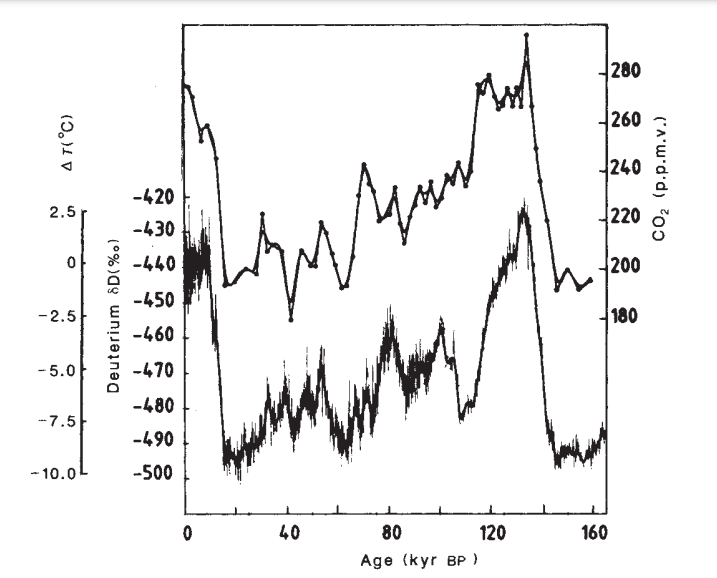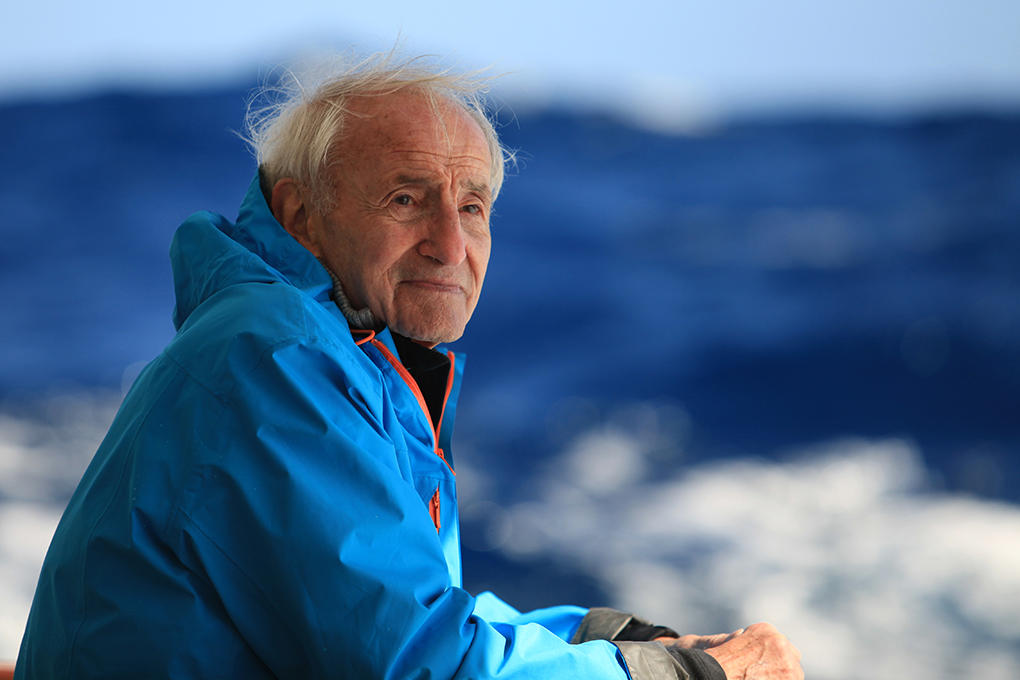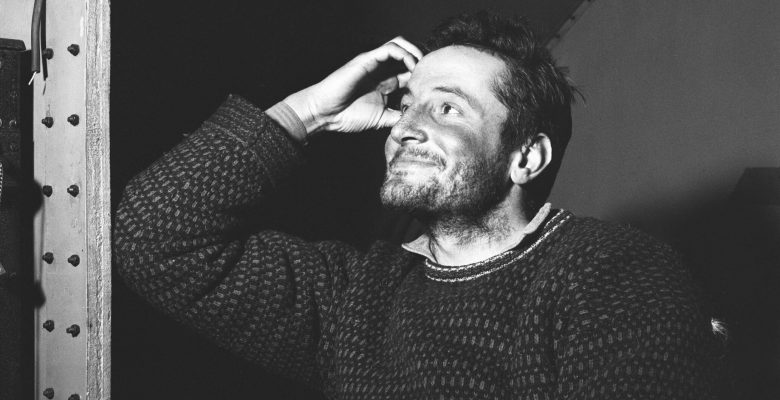On 21 March 2023, glaciologist emeritus Claude Lorius passed away at the age of 91. An internationally renowned scientist, he was the first to establish a link between CO2 emissions and climate, and to lay the foundations of modern climatology. He made 22 expeditions to Antarctica, the equivalent of six years on site. His work influenced our understanding of the current climate change, which he was already warning about more than 30 years ago.
Claude Lorius, a lover ofAntarctica
With his degree in physics in hand, Claude Lorius answered the advert “Young students wanted to take part in the campaigns organised for the International Geophysical Year“. This is how he undertook his first trip to Antarctica in 1957 “to experience an adventure, not to do science” as he liked to say.
This trip marked a turning point in his career and the beginning of a revolution in climate science. He spent a year overwintering at the Charcot base with two comrades, and had to face a number of hazards. He remembers: “For two months, the Charcot station was deprived of electricity and communications. […] Cut off from the world, that’s where I learnt the ability to live together, the solidarity“.
Although he explored Greenland, Claude Lorius remained fascinated by the Antarctic. He returned there nearly 20 times. All his life, he worked to make it an international land dedicated to peace and science, research and the environment. In the midst of the Cold War, he was able to carry out this ambition by collaborating with Americans and Russians, including Nartsis Barkov and Volodya Kotyakov, directors of the Moscow Geographical Institute at the end of the 1980s, who signed with him the founding articles of modern climatology. He also worked hand in hand with the great explorer and friend Paul-Émile Victor to create the French Polar Institute, officially launched in 1992.
a simple whisky leads to a great discovery
Claude Lorius was the first to demonstrate that ice keeps a memory of past climates and, in particular, of the CO2 levels present in the atmosphere when the ice was formed. The idea came to him in 1965 in Terre Adélie, when he drank a whisky that he cooled with ice cubes taken from the ice pack. Plunged into the glass, the ice cubes melted and caused the release of small air bubbles that had been trapped in the ice until then, memories of the atmosphere of the past!
He thus proposed a new method for deducing the temperature of the snow at the time of its fall from the heavy isotopes of water (deuterium and oxygen 18) trapped in the ice. The proportions of these two isotopes in water vary greatly with the temperature of the environment: low concentrations of heavy isotopes indicate periods that are colder than the accepted average (around 16-17°C), while high proportions indicate periods that are warmer than the average.
A novel tool that will be applied in subsequent studies to deduce the temperatures of past climates from the analysis of ice cores, and which is still in use today.
a famous curve at the basis of paleoclimatology
However, several decades passed before three articles were published in 1987, three years before the first IPCC report, which unambiguously showed the link between climate and CO2 in ice cores dating back 150 000 years.
Claude Lorius defined CO2 as “an integrator of all human activities”. By studying variations in its content in the atmosphere, researchers can follow the evolution of human activities over time. But CO2 has only been measured directly for the past 60 years. With no previous point of comparison, it was impossible, until Claude Lorius’ results, to know whether these measurements were alarming or not, and therefore to know whether and how human activities were impacting the climate.
Three expeditions marked the career of Claude Lorius, three expeditions to drill the Antarctic ice and analyse the cores obtained in order to go back in time. The first was to the Vostok base in 1984, where the cores were drilled to date back 160 000 years. The second was at the same base in 1991, where the cores were analysed to date back 420 000 years. Finally, with the ‘Epica’ (European Project for Ice Coring in Antarctica) expedition at the Concordia base, drilling in Dome C, a 3300 m thick ice cap, will make it possible to trace the past climate back 800 000 years!
The publications of Claude Lorius and his colleagues following these three major expeditions have revolutionised climate science. Scientists could now clearly distinguish an upward trend that sets the beginning of the Anthropocene, a new geological era in which human activities have begun to cause biological and geophysical changes on a global scale.
These three expeditions made it possible to draw these three curves, each linking the CO2 concentration in the atmosphere to the temperature delta – the difference in temperature with the average temperature, derived from isotope data – at each ice age. Claude Lorius says of these curves that “they are very simple, but they clearly demonstrate the succession of climatic phases prior to our era”.
The Earth’s average temperature, about 16-17°C, is directly related to the energy emitted by the Sun. Variations in solar activity cause natural variations in temperature on Earth, resulting in small variations in CO2, as shown in Claude Lorius’ curves.
But for the first time, these curves reveal a glaring gap between the natural fluctuations and the much larger recent variations, linked to industrialisation and the rise in atmospheric CO2 levels. Translated with www.DeepL.com/Translator (free version)

Curve linking the CO2 concentration in the atmosphere (right axis) to the temperature delta (from isotopic data, left axis) as a function of the age of the ice (in thousands of years). Age 0 corresponds to the time of the study, i.e. 1987. Moving along the x-axis to the right, we go back in time to 160 000 years. J. M. Barnola et al, 1987
Claude Lorius wondered what these human-induced variations could cause. Clearly, he had proof of the link between CO2 emissions and climate change. But he was particularly shocked to find traces of nuclear testing in the northern hemisphere in the southern hemisphere ice, and lead from petrol in Greenland ice cores.
In 1990, a paper published with his colleagues warned of global warming and the Earth’s limited capacity to absorb increasing greenhouse gas emissions. He told AFP: “We were ‘extraordinarily lucky’ because Antarctica happens to be the best place to realise that there is a global environmental problem.
a man recognised and appreciated by all
Claude Lorius was undoubtedly one of the most engaging and influential researchers in his field. His work had a decisive influence on the adoption in Rio de Janeiro in 1992 of the United Nations Convention on Climate Change, which inspired the Paris Agreement three decades later.

Photo extraite du film La Glace et le Ciel. © Eskwad-Wild Touch-M. Perrey
Beyond his scientific contributions, Claude Lorius was also a role model who shared his passion for science with the general public. Jean-Louis Etienne confided in an article by the Polar Institute: “Claude Lorius became, through his pedagogy, an inspiration to become aware of the threats to the future of the climate. I have always referred to this curve and the field experience of Claude Lorius.
The scientific world has lost a great man, a polar hero, and Antarctica its greatest defender.
